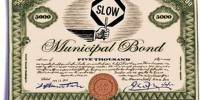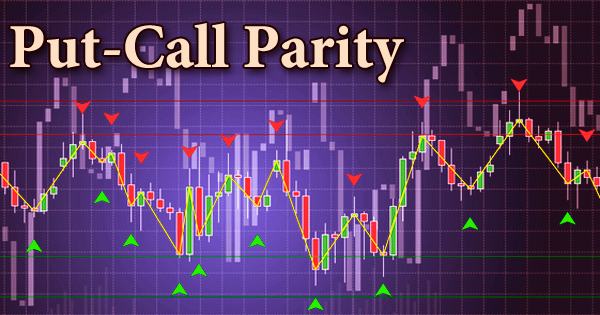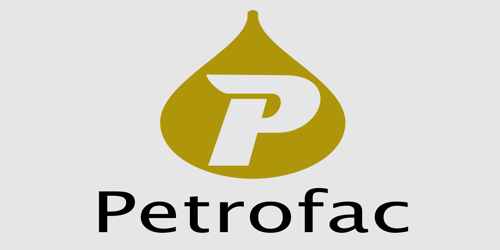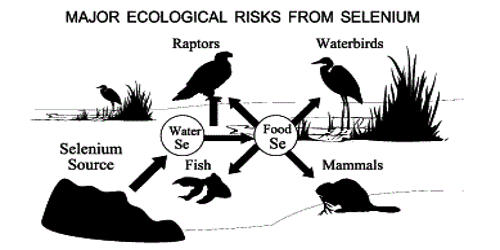Recovery swaps are financial contracts that allow investors to exchange the recovery value of a defaulted bond or loan for a predetermined price. In other words, recovery swaps allow investors to hedge against the risk of default by a borrower.
Recovery swaps, recovery locks, or recovery default swaps (RDS) are derivative contracts similar to credit default swaps that use a bond issuance as their underlying. They are intended to provide a hedge against the uncertainty of recovery in the event of a default. Because there has not yet been sufficient member demand, the International Swaps and Derivatives Association does not keep records on the size of the recovery swap market.
In a recovery swap, two parties agree to exchange cash flows based on the recovery value of a specified debt obligation in the event of a default. The recovery value is typically determined by a third-party valuation agent, and the price of the recovery swap reflects the market’s expectation of the recovery value.
The buyer of a recovery swap pays a fixed premium or a variable premium linked to the creditworthiness of the underlying debt obligation. If a default occurs, the buyer receives a payment based on the difference between the recovery value and the predetermined price agreed upon at the time of the contract. If there is no default, the buyer loses the premium paid for the recovery swap.
Terms
A recovery swap is an agreement between two parties to exchange a determined real recovery rate for a fixed recovery rate that can be locked in today. The parties are betting on whether a bankrupt company will pay out more or less than a certain percentage for each bond. Instead of 100, the reference price is set to the fixed recovery rate, which is chosen so that the RDS prices at zero on issue. Because the swap is issued at no cost, if the reference entity does not default during the term of the swap, the swap expires with no cashflows.
Because the swap only has value (to either counterparty) during a default, the main market in RDS involves bonds that pose a high risk of default, when the reference entity (company) is in financial difficulty.
Recovery swaps are often used by investors who hold a significant amount of a particular bond or loan and want to hedge against the risk of default. They can also be used by investors who are looking to take a position on the recovery value of a particular debt obligation.
Overall, recovery swaps can provide investors with a way to manage the risk of default and potentially limit losses in the event of a default. However, like any financial contract, they carry their own set of risks and complexities, and investors should carefully consider the terms and conditions before entering into a recovery swap agreement.
















